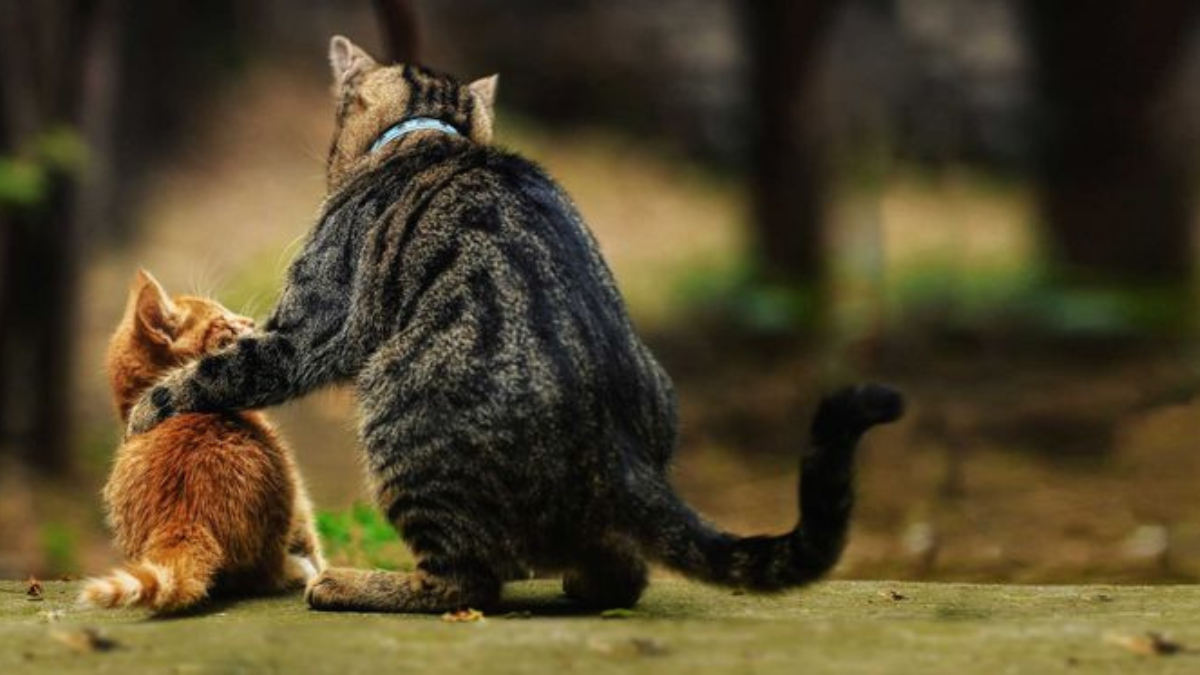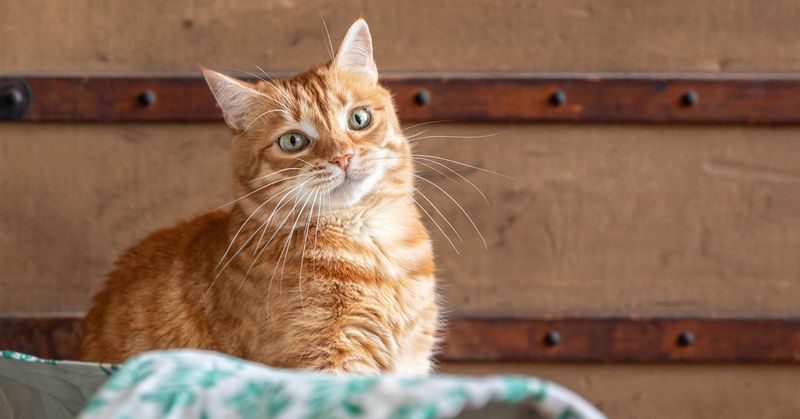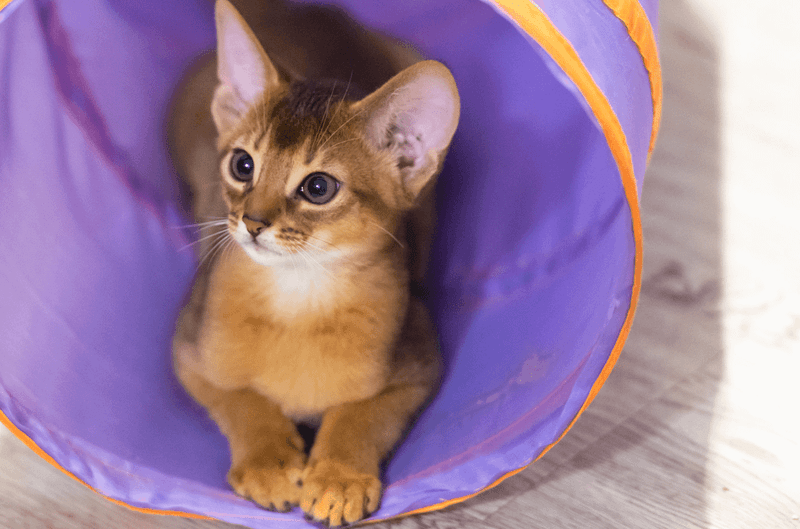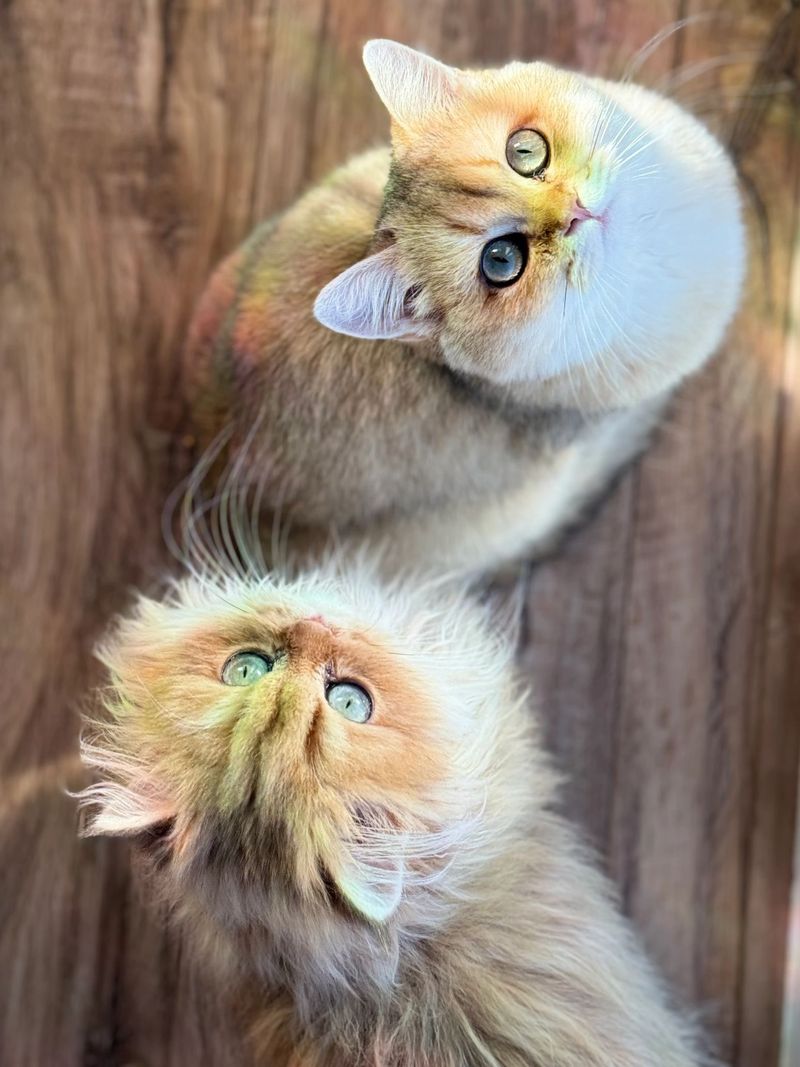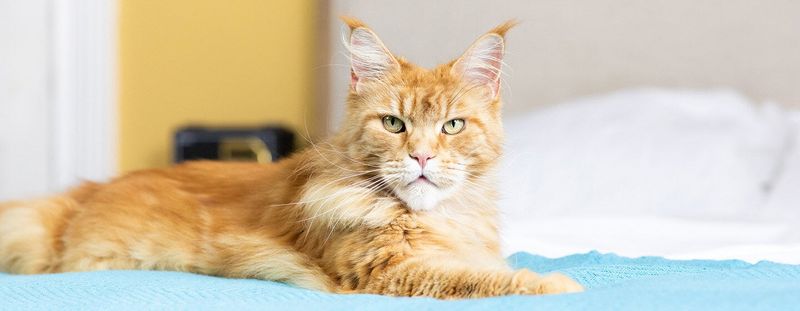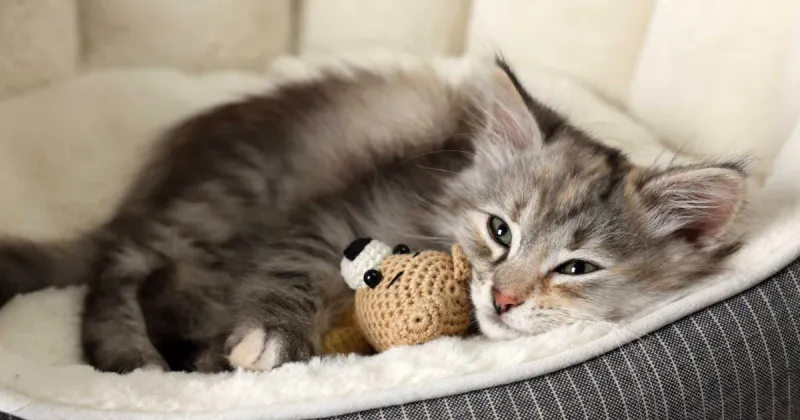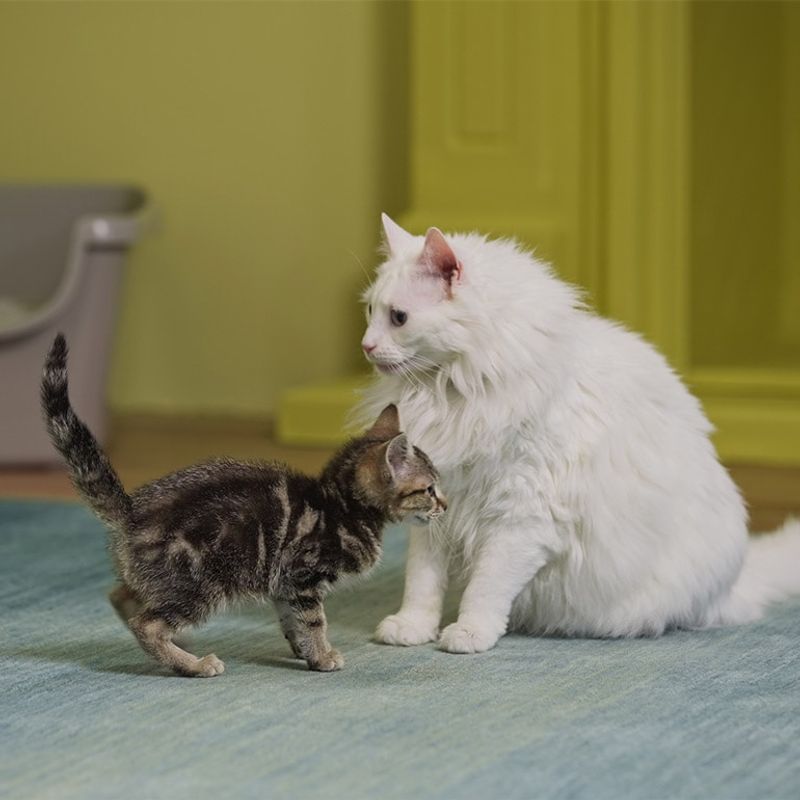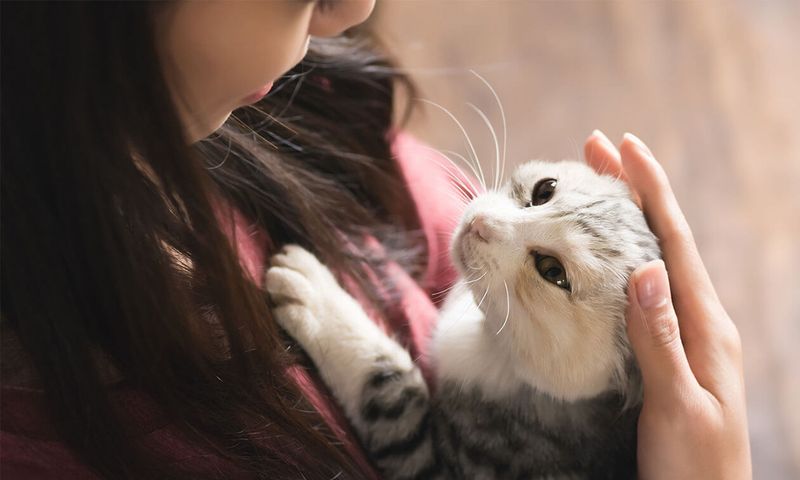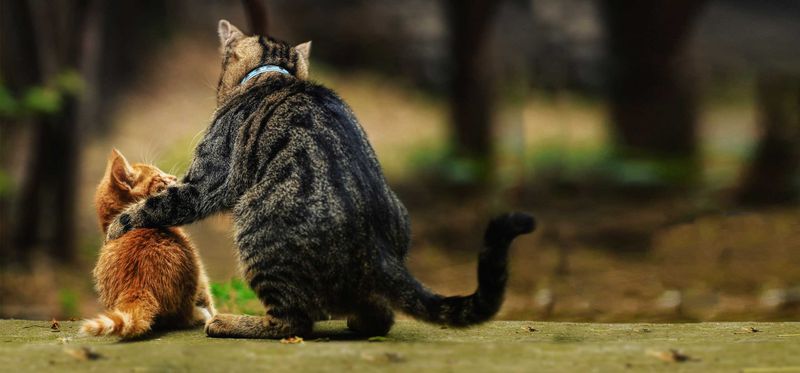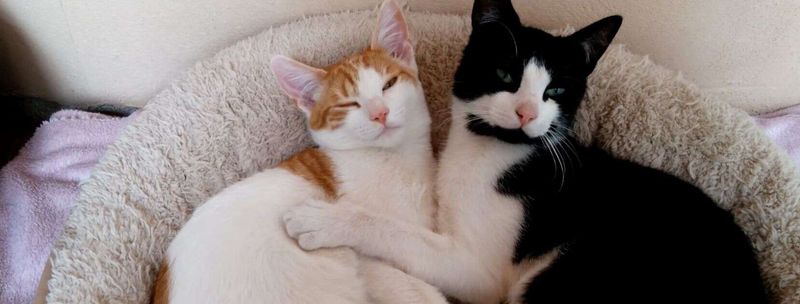📖 Table of Content:
- 1. Assess Your Current Cat’s Personality
- 2. Consider Age and Energy Levels
- 3. Choose the Right Gender
- 4. Evaluate Health and Wellness
- 5. Create a Comfortable Introduction Space
- 6. Monitor Initial Interactions
- 7. Provide Individual Attention
- 8. Prepare for Behavioral Adjustments
- 9. Celebrate Their New Bond
Adding a second cat to the household can be a delightful experience for both you and your current feline companion. However, it’s essential to consider your first cat’s personality, habits, and needs before introducing a new friend. The right match can lead to a harmonious relationship, while a poor fit could cause tension and stress for both cats.
Choosing a second cat is more than just picking a cute kitten or playful adult. It’s about understanding the dynamics between your current cat and the new one. Different breeds, temperaments, and activity levels all play a role in determining whether the two cats will coexist peacefully.
When introducing a second cat, it’s important to take a thoughtful, step-by-step approach. This ensures that the process goes smoothly and minimizes the risk of territorial disputes or anxiety. With a little planning, the addition of a second cat can result in a happy, loving environment for everyone involved.
1. Assess Your Current Cat’s Personality
The first step in selecting the ideal second cat is understanding your current cat’s personality. Does your kitty prefer lounging or constantly seek adventure? Watching how they play, rest, and engage with their surroundings will provide insight into their character. Some cats are solitary, while others are highly social. Knowing your cat’s temperament allows you to choose a compatible playmate.
Remember, two similar personalities might result in harmony, while stark differences could lead to tension. Keeping these insights in mind will help ensure a peaceful introduction between the two furry pals.
2. Consider Age and Energy Levels
Age and energy levels play significant roles in how cats interact with each other. A sprightly kitten might annoy a sedentary senior cat, while two active cats can become fast friends. Evaluate whether your current cat prefers relaxing or has bursts of playfulness. Matching energy levels ensures that both cats engage positively without overwhelming each other.
For older cats, a gentle companion can bring comfort. Meanwhile, a younger cat might appreciate a playmate to share adventures. Balancing these dynamics smoothens the transition and enriches both cats’ lives.
3. Choose the Right Gender
When it comes to feline friendships, gender can influence compatibility. Some experts believe that opposite-sex pairings often get along better. While this isn’t a hard rule, understanding gender dynamics helps in decision-making. Male cats might engage in rough play, while females can be more reserved.
If your current cat exhibits dominance, choosing a submissive opposite gender companion might reduce conflicts. It’s essential to consider the personalities of individual cats rather than relying solely on gender. This thoughtful approach aids in fostering a harmonious relationship.
4. Evaluate Health and Wellness
Health is paramount when introducing a new cat. Ensure both cats are vaccinated and free of contagious diseases. A healthy environment prevents stress and illness from spreading among pets. Regular vet visits are crucial to maintain wellness. Observe any signs of stress, such as hiding or aggression, which could indicate underlying health issues.
A smooth health check paves the way for a successful integration. This precautionary measure ensures long-term happiness for both cats, allowing them to enjoy each other’s company without health-related disruptions.
5. Create a Comfortable Introduction Space
Creating a neutral, inviting introduction space helps cats adjust effortlessly. Choose a quiet room where the new cat can feel secure. Equip it with essentials like food, water, a litter box, and toys. Begin with scent swapping by exchanging bedding between the cats, easing them into the new presence.
Gradually allow visual contact through a barrier like a baby gate. Monitor their reactions, and let them explore at their own pace. A well-planned space sets the stage for eventual face-to-face meetings, promoting acceptance and reducing anxiety.
6. Monitor Initial Interactions
First impressions matter, even for cats. Keep initial meetings short and supervised. Watch for positive signals like gentle tail flicks and soft purring. Maintain calmness by intervening if tensions rise. Cats communicate through body language; understanding these cues helps in gauging interactions.
Gradually increase their time together, rewarding positive behavior with treats. Patience is key. A successful transition requires time and understanding. With careful observation, you can ensure that both cats feel comfortable, leading to a lasting friendship.
7. Provide Individual Attention
Amidst exciting introductions, don’t forget your current cat’s need for individual attention. Establish a routine with special one-on-one time to strengthen your bond. This reassures your cat of their place in your heart, reducing feelings of jealousy or neglect.
Engage them with activities they love, be it playtime or gentle petting sessions. This exclusive attention helps maintain their happiness and minimizes rivalry with the newcomer. Balancing attention ensures a harmonious household where both cats feel cherished and secure in their environment.
8. Prepare for Behavioral Adjustments
Expect behavioral shifts as cats adjust to each other’s presence. Temporary changes like eating less or hiding are normal. Provide plenty of hiding spots and elevated spaces to enhance their comfort. Address issues like aggression calmly, potentially with professional help if needed. Consistent routines and positive reinforcement encourage adaptability.
Cats, like humans, need time to adjust to new family dynamics. Understanding these phases aids in easing transitions, ensuring both cats eventually settle into a comfortable coexistence.
9. Celebrate Their New Bond
Witnessing your cats form a bond is a heartwarming reward. Celebrate these moments by capturing memories through photos or videos. Engage them in joint play sessions to strengthen their friendship further. Acknowledge milestones, like their first nap together, with a small treat. Building a positive shared history lays a foundation for lasting companionship.
When both cats feel secure and loved, it’s the perfect environment for their friendship to bloom. Cherishing these successes enriches your life with double the purrs and love.
